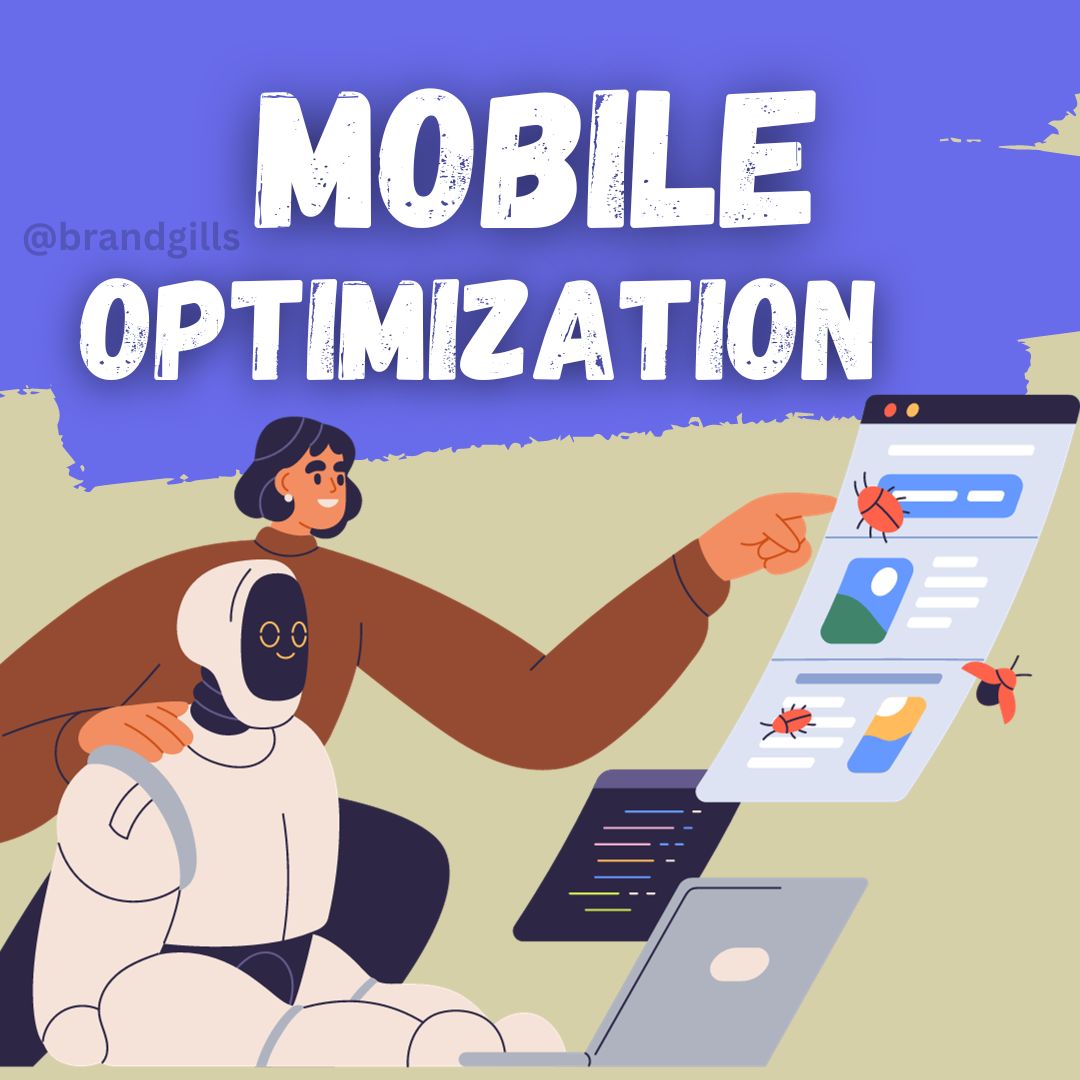
Here are some method for “How to SEO on Website” In today’s time, every businessman wants to grow his business through digital marketing, for that website is very important, after building website, ranking on search engine is neseserry. We use SEO method for ranking on search engine this method but it is taking process.
In the vast and competitive landscape of the internet, having a well-optimised website is crucial for gaining visibility and attracting organic traffic. Search Engine Optimization (SEO) is the key to achieving this, helping your website rank higher on search engine results pages (SERPs). In this comprehensive guide, we’ll delve into the essential steps and strategies to optimize your website for SEO success.
- Keyword Research:

This is the first thing for “How to SEO on Website“
The foundation of any successful SEO strategy begins with thorough keyword research. Identify relevant keywords and phrases that your target audience is likely to use when searching for products or services similar to yours. Tools like Google Keyword Planner, SEMrush, and Ahrefs can assist in uncovering high-volume, low-competition keywords.
- On-Page SEO:

This is the second thing for “How to SEO on Website“
Optimizing individual pages on your website is essential for search engine visibility. Focus on the following key elements:
a. Title Tags: Craft compelling and relevant title tags for each page, incorporating target keywords naturally.
b. Meta Descriptions: Write concise and engaging meta descriptions that encourage clicks and provide a brief overview of the page’s content.
c. Header Tags: Use header tags (H1, H2, H3, etc.) to structure your content, making it easier for both users and search engines to understand.
d. URL Structure: Create clean and descriptive URLs, including target keywords when applicable.
e. Image Optimization: Compress images for faster loading times and include descriptive alt text to help search engines understand the content.
Quality Content Creation:

This is the third thing for “How to SEO on Website” Content is king in the realm of SEO. Develop high-quality, informative, and engaging content that addresses the needs of your target audience. Regularly update your content to reflect industry trends and changes, demonstrating to search engines that your website is a valuable resource.
- Mobile Optimization:

Given the increasing use of mobile devices, ensuring your website is mobile-friendly is critical. Google prioritizes mobile-first indexing, meaning it assesses the mobile version of a site for ranking. Responsive design and mobile optimization contribute to a positive user experience, a key factor in SEO. This is the fourth thing for “How to SEO on Website“.
- Page Speed:

Page speed directly influences user experience and search engine rankings. Use tools like Google PageSpeed Insights to identify and address issues affecting your website’s loading times. Optimize images, leverage browser caching, and consider content delivery network (CDN) services to enhance page speed. This is the fifth thing for “How to SEO on Website“.
- Link Building:

This is the sixth thing for “How to SEO on Website“.Building a robust backlink profile is fundamental to SEO success. Acquire high-quality, relevant backlinks from authoritative websites within your industry. Guest posting, influencer outreach, and creating shareable content are effective strategies for building a strong link portfolio.
- User Experience (UX) and User Interface (UI) Design:

A positive user experience is paramount for SEO. This is the seventh thing for “How to SEO on Website“. Ensure your website is easy to navigate, with clear calls to action and intuitive design. Google considers factors like bounce rate and time spent on site, so creating a user-friendly environment is essential for both users and search engines.
- Social Media Integration:

While social media signals themselves may not directly impact search rankings, a strong social media presence can indirectly contribute to SEO success. Share your content on social platforms to increase visibility, engagement, and the likelihood of attracting valuable backlinks. This is the eighth thing for “
While social media signals themselves may not directly impact search rankings, a strong social media presence can indirectly contribute to SEO success. Share your content on social platforms to increase visibility, engagement, and the likelihood of attracting valuable backlinks. This is the eighth thing for “”.
While social media signals themselves may not directly impact search rankings, a strong social media presence can indirectly contribute to SEO success. Share your content on social platforms to increase visibility, engagement, and the likelihood of attracting valuable backlinks.This is the eighth thing for “How to SEO on Website“.
“.
- Technical SEO:

Addressing technical aspects of your website is crucial for optimal performance. Pay attention to:
a. Site Structure: Ensure a logical and organized site structure for easy navigation.
b. XML Sitemap: Create and submit an XML sitemap to help search engines index your pages efficiently.
c. Robots.txt: Use a robots.txt file to control search engine crawlers’ access to specific parts of your site.
This is the ninth thing for “How to SEO on Website“.
- Regular Monitoring and Adaptation:

SEO is an ongoing process that requires continuous monitoring and adaptation. Regularly check your website’s performance using analytics tools, and stay informed about industry trends and search engine algorithm updates. Adjust your strategy accordingly to maintain and improve your SEO efforts. This is the last thing for “How to SEO on Website“.
While SEO (Search Engine Optimization) offers numerous benefits for improving a website’s visibility and attracting organic traffic, it also comes with some potential disadvantages or challenges. Here are some common drawbacks associated with SEO:
- Time-Consuming:
- SEO is a long-term strategy, and it takes time to see significant results. It needs ongoing efforts to optimize content, build backlinks, and improve various on-page and off-page factors. Patience is crucial as results can not be immediate.

- No Guarantees:
- For doing “How to SEO on Website“Despite best efforts, there are no guarantees of reaching and maintaining top rankings. SEO is influenced by numerous factors, including the behavior of competitors and changes in search engine algorithms. Success is not assured, and rankings can fluctuate.

- Unpredictable Algorithm Changes:
- Search engines their algorithms, and these changes can impact a website’s ranking. SEO strategies that worked well in the past may become less effective or even counterproductive after an algorithm update. Staying informed about industry changes is essential to adapt strategies accordingly.

- Results Variation:
- SEO results can vary based on factors such as industry, location, and target audience. What works for one website may not necessarily work for another. It requires constant monitoring, analysis, and adjustments to achieve optimal results.

Download canva pro:- https://brandgills.com/wp-admin/post.php?post=10&action=edit
To know more about SEO:- https://en.wikipedia.org/wiki/Search_engine_optimization
